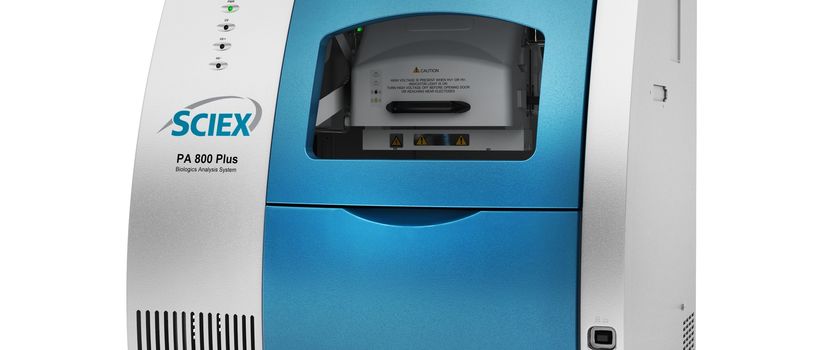
Electrophoresis is an analytical technique widely used for purity determination and identification of therapeutic proteins. This technique is based in the migration of the proteins under an electrical field according their electrophoretic mobility. Depending of the type of the electrophoresis, different quality attributes of the protein can be measured. Sensitivity, robustness and throughput will depend of the format used, being the classical flat/vertical gel formats displaced by the newest capillary formats due to their inherent advantages. Electrophoretic assays in different types and formats are currently included as a testing method in the certificates of analysis for batch testing of therapeutic proteins.
Many proteins such as cytokines, blood factors, hormones, monoclonal antibodies (mAbs) and fusion proteins are tested using different electrophoresis techniques as a tool to identify and test their integrity.
According to the principles applied to the technique, several types of electrophoresis can be distinguished:
- SDS-PAGE (Sodium Dodecyl Sulfate-Poly Acrylamide Gel Electrophoresis): it is performed in flat or vertical gel format and allows to separate the proteins according their molecular weights.
- PAGE (Poly Acrylamide Gel Electrophoresis): it is performed in flat or vertical gel format and allows to separate the proteins according to their charges.
- IEF (Iso Electric Focusing): it is performed in flat or vertical gel format and allows to separate the proteins according to their isoelectric points.
- CE-SDS (Capillary Electrophoresis – Sodium Dodecyl Sulfate): it is performed using the capillary electrophoresis technology and allows to separate the proteins according their molecular weights. This technique has better sensibility, throughput and reproducibility than the classical SDS-PAGE.
- CZE (Capillary Zone Electrophoresis): it is performed using the capillary electrophoresis technology and allows to separate the proteins according their electrosmotic mobilities. This technique has better sensibility, throughput and reproducibility than the classical PAGE. In addition, it has a wide range of applications being the glycan analysis one of the main applications in the mAbs characterization.
- cIEF (capillary Iso Electric Focusing): it is performed using the capillary electrophoresis technology and allows to separate the proteins according their isoelectric points. This technique has better sensibility, throughput and reproducibility than the classical IEF.
- icIEF (imaging capillary Iso Electric Focusing): This technique is done using the capillary electrophoresis technology and allows to separate the proteins according their isoelectric points. This technique is similar to the cIEF but has better throughput.
All these electrophoretic techniques are available at Kymos using different instruments and are currently applied to quality control of both innovators and biosimilar therapeutic proteins:
- Electrophoretic chambers and power suppliers of different sizes and manufacturers (Bio-Rad, etc.) for classical electrophoresis
- Multiphor ll electrophoresis systems from GE Healthcare Life Sciences for flat electrophoresis
- GS-900 calibrated densitometer from Bio-Rad to convert the electrophoresis gels in digital images and with the suitable software process the data.
- Beckman/Sciex PA800 capillary electrophoresis systems for CE.SDS, CZE and cIEF.
- iCE3 from Protein Simple for icIEF.

